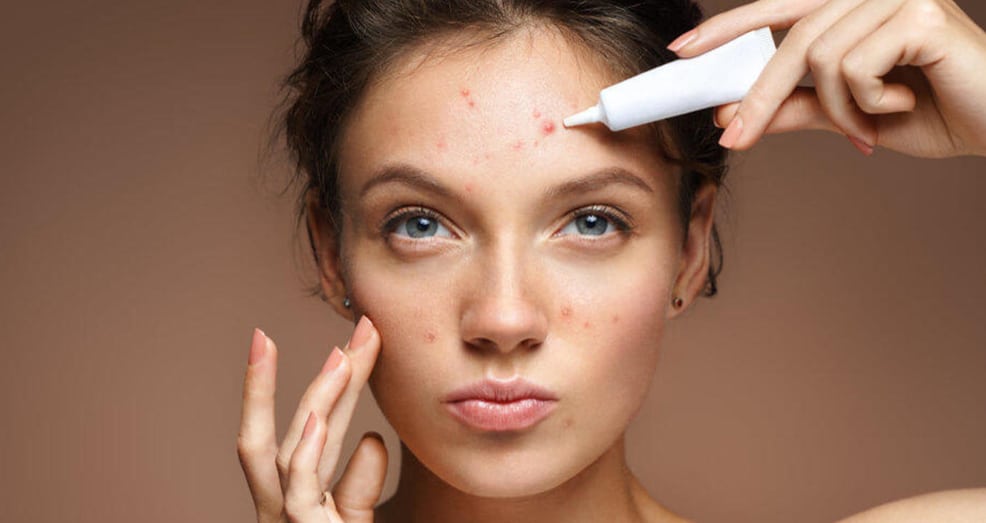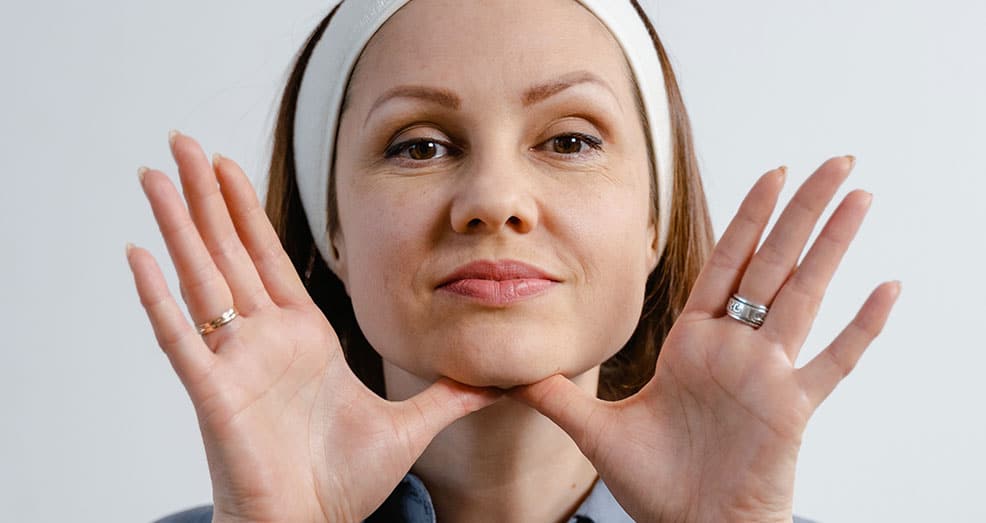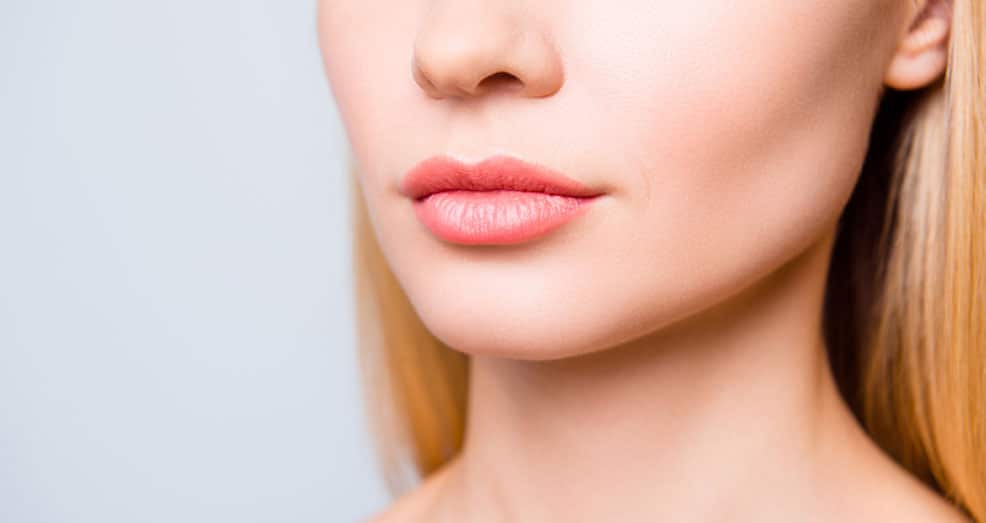Active acne breakouts can be annoying, but acne scars that are left behind after the breakouts can make an individual feel frustrated. Acne can appear on the face and other parts of the body such as the chest and back.
Acne scars form when a breakout deeply penetrates the skin and damages the tissue beneath it. It is important to know the different types of acne scars before treatment as each type tends to respond to treatment differently.
Hypertrophic Scars
Also known as raised scars, they are most common with chest and back acne. They are caused by the production of too much collagen during healing and are raised above the surface of the surrounding skin.
Atrophic Scars
Also known as depressed scars, they are most common on the face. They are formed when the collagen produced during healing is not enough. They sit below the surrounding skin and there are three types which include:
- Ice pick. These are narrow v-shaped scars that go deep into the skin. They can be difficult to treat as they can extend far under the skin’s surface.
- They are wide u-shaped scars with sharp edges and they can be deep or shallow.
- They appear as wide depressions with rounded edges and an irregular rolling appearance.
There are home remedies and in-office procedures for acne scars.
Home remedies
There are plenty of over-the-counter remedies that can be used to reduce the appearance of acne scars depending on the severity.
- Salicylic acid. This is a common ingredient in acne skincare products. It helps to clear skin cells, dirt, and other debris that can lead to acne from the pores of the skin. It also helps to reduce redness and swelling in the area which can minimize the appearance of acne scars. It works best when incorporated into the daily skincare routine.
- Some topical retinoids can help in getting rid of acne scars as they reduce acne lesions, block inflammation, speed up cell regeneration, and lighten hyperpigmented acne scars.
- Lactic acid. This can gently peel away dead skin cells, reducing the appearance of acne scars and smooth the overall skin texture.
- Alpha hydroxy acids. These help in preventing clogged pores and help get rid of dead skin cells thereby reducing the appearance of acne scars.
In-office procedures
If over-the-counter remedies do not seem to be making a difference, a dermatologist or healthcare provider can recommend different procedures depending on the individual’s skin type and the extent of scarring.
In-office procedures for acne scarring include:
- Chemical peels. A chemical peel is a type of strong acid that can peel off the top layer of the skin thus reducing the appearance of deeper scars. There are different types of chemical peels and the dermatologist will recommend the most suitable for you based on your skin type, acne severity, and scarring. It is often used for deeper scars.
- This is the most common and effective treatment for facial scarring. It involves using a wire brush or a wheel to deeply exfoliate the top skin layer. It is best used for shallow boxcars and rolling scars that are close to the surface.
- Laser skin resurfacing. Laser treatment resurfaces the skin by removing the top skin layer just like chemical peels and dermabrasion revealing the younger skin cells underneath, thus reducing the appearance of scarring. However, it is not suitable for everyone and its success depends on the individual’s skin type and the extent of acne scarring.
- This involves using a small, hand-held, needle-studded roller to create micro-wounds on the surface of the scars to stimulate more collagen production. The collagen can reduce the appearance of acne scars by smoothing out the skin’s surface. It is best for depressed acne scars.
- Dermal fillers. Soft tissue fillers are often used to fill in acne scars and help even out the skin. The fillers are injected under the skin’s surface to plump and smooth depressed scars. However, most fillers are temporary and last between 6-18 months after which the procedure needs to be repeated to maintain the results.
- Corticosteroids injections may help with treating raised acne scar tissue if the individual has either keloid or hypertrophic scars. A series of injections are usually needed once every few weeks for this treatment.
To Know More
Would you like to understand what options are available for Acne Scar Treatment in Dubai? Meet one of our experts at Al Shunnar Plastic Surgery for a personal consultation to develop a tailor-made plan for you. Contact us or book an appointment and our patient care coordinators will identify the most suitable expert for you.



